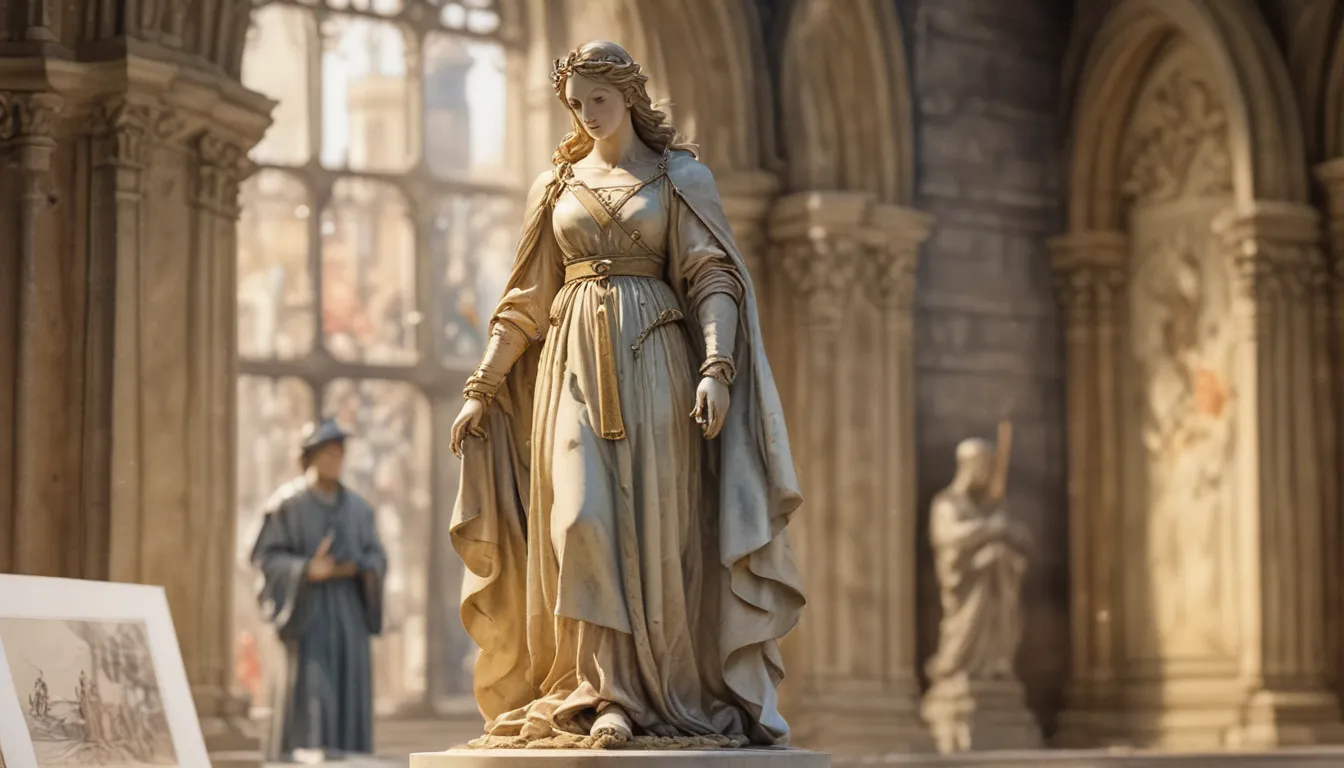The images in our articles are for illustrative purposes only and may not exactly match the content. They are intended to capture your interest and complement the text, not to replace it.
The Statue of Joan of Arc stands tall as a symbol of courage, determination, and unwavering faith. Crafted by renowned French sculptor Emmanuel Frémiet, this iconic monument in Paris, France, pays tribute to one of the most revered historical figures in France’s history. In this article, we will unravel 12 astounding facts about the Statue of Joan of Arc, shedding light on its historical significance, artistic details, and impact on society. From its origins to its restoration, this statue continues to captivate visitors from around the world with its grandeur and symbolism.
Unveiling the Iconic Statue
- Location: The Statue of Joan of Arc proudly stands in Paris, France, serving as a monumental tribute to the national heroine.
- Creator: French sculptor Emmanuel Frémiet was commissioned to design and sculpt this magnificent statue.
- Unveiling: In 1874, the statue was unveiled to the public, marking a significant moment in French history.
Capturing Courage and Spirit
- Depiction: Joan of Arc is depicted on horseback, symbolizing her courage and determination in leading the French army.
- Material: Constructed out of bronze, the statue boasts a timeless and lasting appearance.
- Armor: Joan of Arc is portrayed wearing full armor, showcasing her warrior spirit.
- Height: Standing at approximately 3.5 meters tall, the statue commands attention and awe.
Symbolism and Restoration
- Location: The statue stands on Place des Pyramides, holding a prominent position in the heart of Paris.
- Flag: Joan of Arc holds a flag in her raised hand, symbolizing her unwavering commitment to her country.
- Restoration: In 2011, the statue underwent a thorough restoration process to preserve its beauty and longevity.
- Visitors: Thousands of visitors flock to see the statue each year, drawn in by its historical significance and commanding presence.
Legacy of Joan of Arc
- Canonization: Recognized for her valor and martyrdom, Joan of Arc was canonized as a saint in 1920, solidifying her legacy.
- Impact: The Statue of Joan of Arc continues to captivate visitors, leaving them in awe of its grandeur and historical significance.
FAQs About the Statue
- Location: The Statue of Joan of Arc is situated in Place des Pyramides, Paris, France.
- Creator: French sculptor Emmanuel Frémiet designed and unveiled the statue in 1874.
- Height: The bronze statue stands at a height of 3.5 meters (17.5 feet).
- Significance: The statue commemorates Joan of Arc’s bravery and martyrdom during the Hundred Years’ War.
- Climbing: Visitors are not allowed to climb the statue for safety reasons but can view it up close.
- Entrance Fee: There is no entrance fee to visit the Statue of Joan of Arc; it is open to the public.
- Religious Symbolism: The statue symbolizes Joan of Arc’s faith and devotion to God.
- Other Statues: There are several other statues of Joan of Arc located around the world.
- Illumination: The Statue of Joan of Arc is lit up at night, creating a mesmerizing sight.
- Events: Various events and celebrations are held near the statue on significant dates related to Joan of Arc’s life.
Embark on a journey of discovery as you uncover the fascinating world of iconic statues like Joan of Arc’s. Explore more public art, historical figures, and cultural landmarks to broaden your horizons and deepen your appreciation for art, culture, and history. Let each statue, like the Statue of Joan of Arc, inspire you with its unique story and significance. Join us in the quest for knowledge and exploration of the wonders that surround us.






